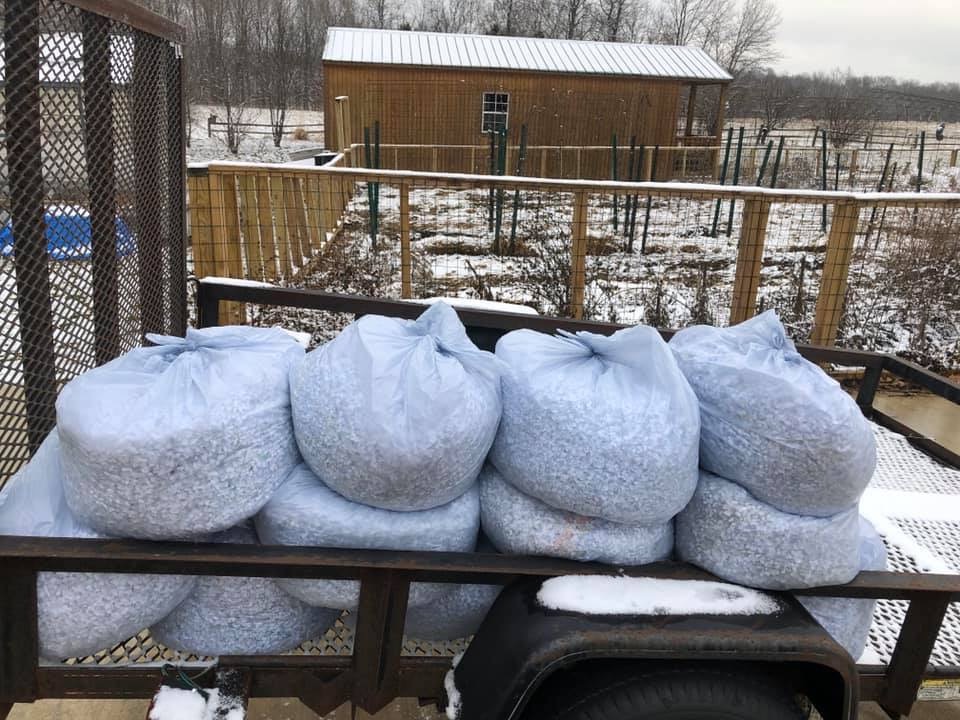Your cart is currently empty!
Category: Uncategorized
-
Baking Bread on the Modern Homestead
What does it mean to be a modern homesteader? Homesteading conjures up visions of living off the land; growing vegetables, preserving food, cooking at home, harvesting wildlife for protein, and rarely communicating with the outside world. First a disclaimer: We are not going to harvest wildlife and are not hermits. But, we do take considerable…
-
Warm Saltines Are An Ephiphany
Sometimes the smallest effort can lead to a serious food upgrade. Every once in awhile I stumble on a grand idea. I realize others may have already discovered this very same thing but when I actually experience it, somehow it becomes more real. Isn’t that the way with almost anything? A physical experience writes knowledge…
-

Decluttering Financial Records
If you have been listening to our podcast Farm Chatter over the past few weeks, you know we have been focused on ridding the house of clutter. (If you haven’t heard one yet, check out Episode 102-The Declutter Report.) One of those decluttering tasks was to purge old financial records. Does anyone else have trouble throwing…
-
Do You Eat Flowers?
Have you ever eaten a flower? Many flowers are edible and if you are unfamiliar with eating flowers, start with chive blossoms. These light purple flowers are more than just a pretty decoration at the end of an oniony stalk. They are easy to pick and clean, plus beautiful in a salad, on potatoes or…
